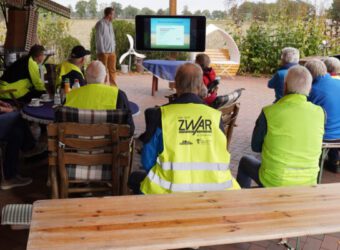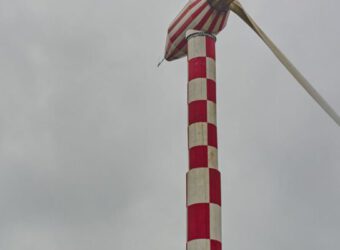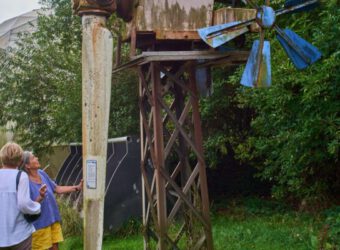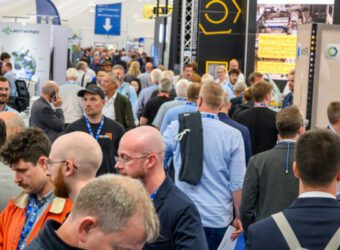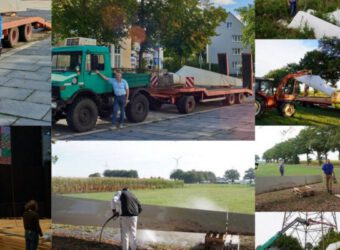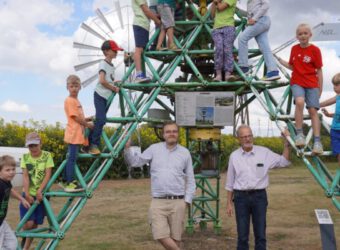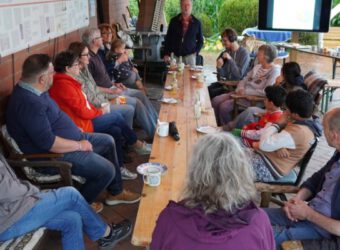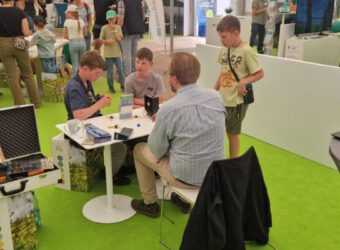Energy Tour of the ZWAR Group Stemwede to the German Wind Power Museum
As part of this year’s energy tour, the ZWAR Group Stemwede visited the German Wind Power Museum today, Friday, October 10. The excursion was entirely dedicated to renewable energies and offered participants exciting insights into the history, technology, and practice of modern energy generation.
The day began at 11:00 a.m. at the German Wind Power Museum, where the group received a warm welcome. Over a cup of coffee, the visitors listened to informative presentations on the development of wind energy – from early windmills and the pioneering work of German engineers to modern wind turbines that make a significant contribution to power generation today. It became clear how technology, material use, and efficiency have evolved over the decades and how the museum, with its numerous exhibits, vividly documents this development.
The tour then continued to Reinhard Schlechte, who introduced the participants to his biogas plant in Stemwede. There, the visitors learned firsthand how methane is produced in such a plant from renewable raw materials – usually corn, grass, or manure – which is used in a combined heat and power plant to generate electricity and heat.
Schlechte also explained the economic aspects: Biogas plants not only contribute to decentralized energy supply but also enable the efficient use of agricultural residues. Furthermore, through the fermentation of organic materials, they make an important contribution to climate protection, as they generate CO₂-neutral energy and can replace fossil fuels.
After a short drive, the program included a visit to the Tiefenriede wind farm in Stemwede. The wind farm, consisting of several modern wind turbines, has been continuously expanded in recent years and now feeds several million kilowatt hours of electricity into the grid annually – enough to meet the needs of many households in the region.
The participants were able to view the impressive plants up close and learned how wind energy is converted into electrical energy. Topics such as grid feed-in, maintenance, noise levels, and the significance of such projects for the local energy transition were also discussed.
At the end of the day, the group returned to the German Wind Power Museum. There, the eventful day concluded in a relaxed atmosphere with grilled sausages and cold drinks. Those particularly interested also had the opportunity to discover additional exhibits and historical facilities on a guided tour of the museum’s outdoor grounds – from the first post-war wind generators to prototypes of the modern megawatt class.
Thus concluded a varied and informative day that impressively demonstrated the diverse and practical nature of renewable energy in the Stemwede region – and how committed citizens like the ZWAR Group are contributing to spreading knowledge and enthusiasm for sustainable forms of energy.

